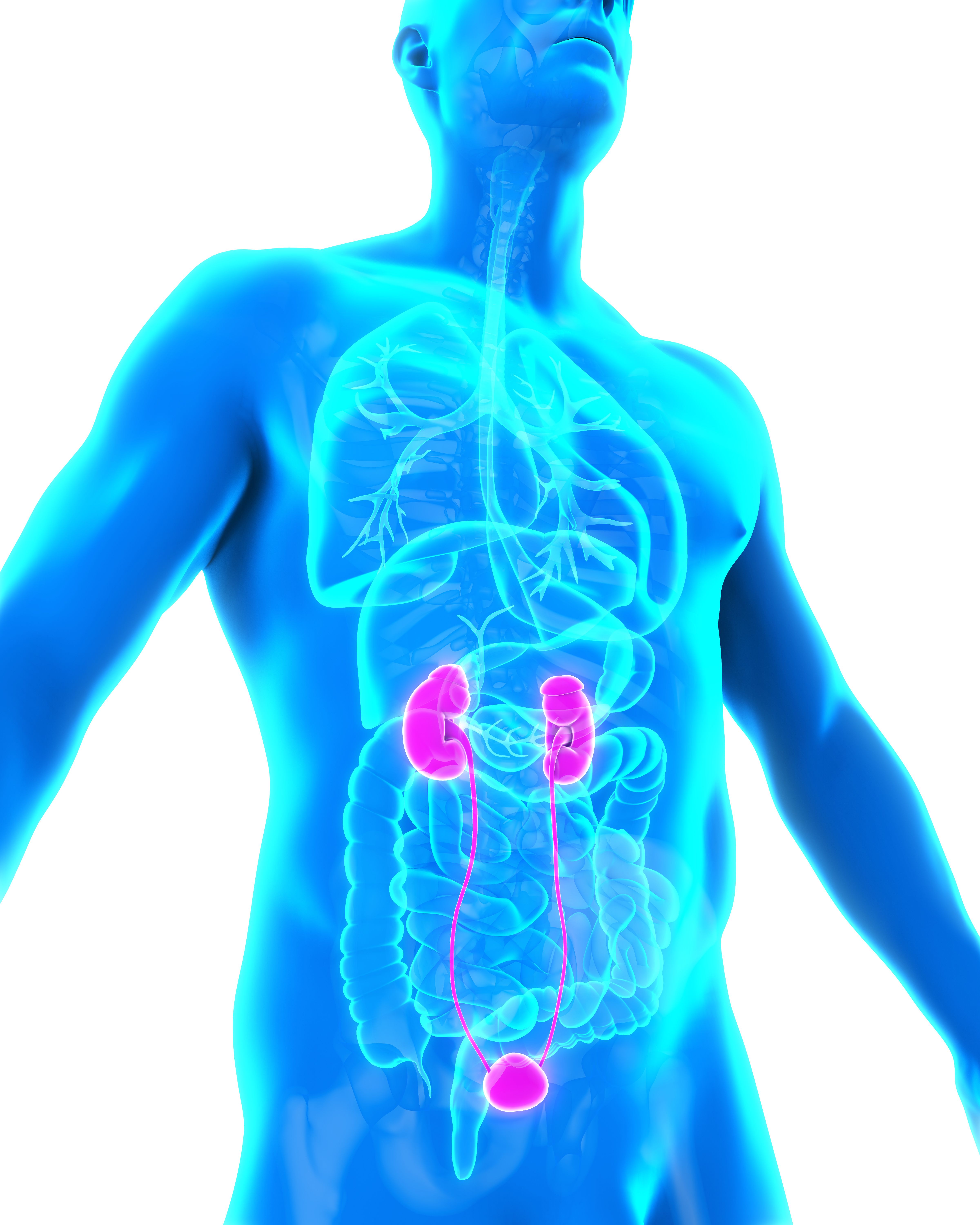Pre-Treatment TILs Does Not Impact Nivolumab/Ipilimumab Therapy in mccRCC
Using the TILs CD8-positive, PD-1-positive, TIM3-negative, and LAG3-negative as predictive biomarkers did not impact outcomes in metastatic clear cell renal cell carcinoma.
Using the TILs CD8-positive, PD-1-positive, TIM3-negative, and LAG3-negative as predictive biomarkers did not impact outcomes in metastatic clear cell renal cell carcinoma.

Improved clinical outcomes were not noted when pre-treatment levels of CD8-positive, PD-1-positive, TIM3-negative, and LAG3-negative tumor infiltrating lymphocytes (TILs) were used to assess patients with metastatic clear cell renal cell carcinoma (RCC) treated with nivolumab (Opdivo) and ipilimumab (Yervoy), according to a post-hoc analysis of the phase 3 CheckMate-214 trial (NCT02231749) presented at the 2024 American Society of Clinical Oncology (ASCO) Annual Meeting.1
Among patients with intermediate- and poor-risk disease and available multiplex immunofluorescence (mIF) data treated with nivolumab plus ipilimumab (n = 136), the density of CD8-positive, PD-1-positive, TIM3-negative, and LAG3-negative TILs measured as continuous variable showed a trend for a positive association with overall response rate ORR (ORR; OR, 1.23; P = .1162). However, there was no association observed regarding progression-free survival (PFS; HR, 0.97; P = .688).
Additionally, in patients with available mIF data who received sunitinib (Sutent) in CheckMate-214 (n = 119) the density of CD8-positive, PD-1-positive, TIM3-negative, and LAG3-negative TILs measured as continuous variable showed a trend for a positive association with ORR (OR, 1.32; P = .0726) and a significant positive association with PFS (HR = 0.78, P = .004).
However, lead study author Sayed Matar, MBBChB, a postdoctoral research fellow at Brigham and Women’s Hospital in Boston Massachusetts, and colleagues noted in a poster presentation of the data that “Given that [patients treated with] sunitinib with available mIF data were enriched for responders, results obtained in the sunitinib group should be interpreted with caution.” They added that the association between outcomes and CD8-positive, PD-1-positive, TIM3-negative, and LAG3-negative TILs with sunitinib treatment require further investigation.
“These results suggest that the baseline levels of intratumoral T-cell inflammation do not represent a strong determinant of response to anti-CTLA4-based therapy in metastatic clear cell RCC, which is consistent with the knowledge that anti-CTLA4 therapy [ipilimumab] can recruit new T cells into the tumor,” Matar and coauthors added.
Efficacy data from CheckMate-214 previously presented at the 2024 Genitourinary Cancers Symposium demonstrated that patients treated with nivolumab plus ipilimumab (n = 550) experienced a median overall survival (OS) of 52.7 months (95% CI, 45.8-64.5) vs 37.8 months (95% CI, 31.9-43.8) among those who received with sunitinib (n = 546; HR, 0.72; 95% CI, 0.62-0.83) at a median follow-up of 8 years. The ORRs were 39% (95% CI, 35%-44%) compared with 33% (95% CI, 29%-37%), respectively.2
To conduct the current analysis of the performance of CD8-positive, PD-1-positive, TIM3-negative, and LAG3-negative TILs as a biomarker of response to nivolumab/ipilimumab combination therapy in CheckMate-214, pre-treatment, formalin fixed paraffin embedded tumor samples from the trial were stained with an mIF assay. A Vectra 3 Automated Quantitative Pathology Imaging System was used to perform the multispectral scanning. Additionally, IF signals were unmixed using InForm V.2.4. software and Halo image was used to measure the density of CD8-positive, PD-1-positive, TIM3-negative, and LAG3-negative TIL. Cox proportional hazards and logistic regression models with a significance level set at 5% (2-sided) were used to evaluate the correlation between outcomes and CD8-positive, PD-1-positive, TIM3-negative, and LAG3-negative TIL density.
Additional findings revealed that patients who received sunitinib achieved a higher ORR vs patients without available data, at 33% vs 24%, respectively. Investigators noted that in the nivolumab plus ipilimumab combination arm, there was no imbalance regarding ORR or PFS when comparing patients with available data with those without.
References
- Matar S, Jegede O, Denize T, et al. Intratumoral T-cell infiltration and response to nivolumab plus ipilimumab in patients with metastatic clear cell renal cell carcinoma from the CheckMate-214 trial. J Clin Oncol. 2024;42(suppl 16):4536. doi:10.1200/JCO.2024.42.16_suppl.4536
- Tannir NM, Escudier B, McDermott DF, et al. Nivolumab plus ipilimumab (NIVO+IPI) vs sunitinib (SUN) for first-line treatment of advanced renal cell carcinoma (aRCC): Long-term follow-up data from the phase 3 CheckMate 214 trial. J Clin Oncol. 2024;42(suppl 4):363. doi:10.1200/JCO.2024.42.4_suppl.363
Newsletter
Stay up to date on recent advances in the multidisciplinary approach to cancer.